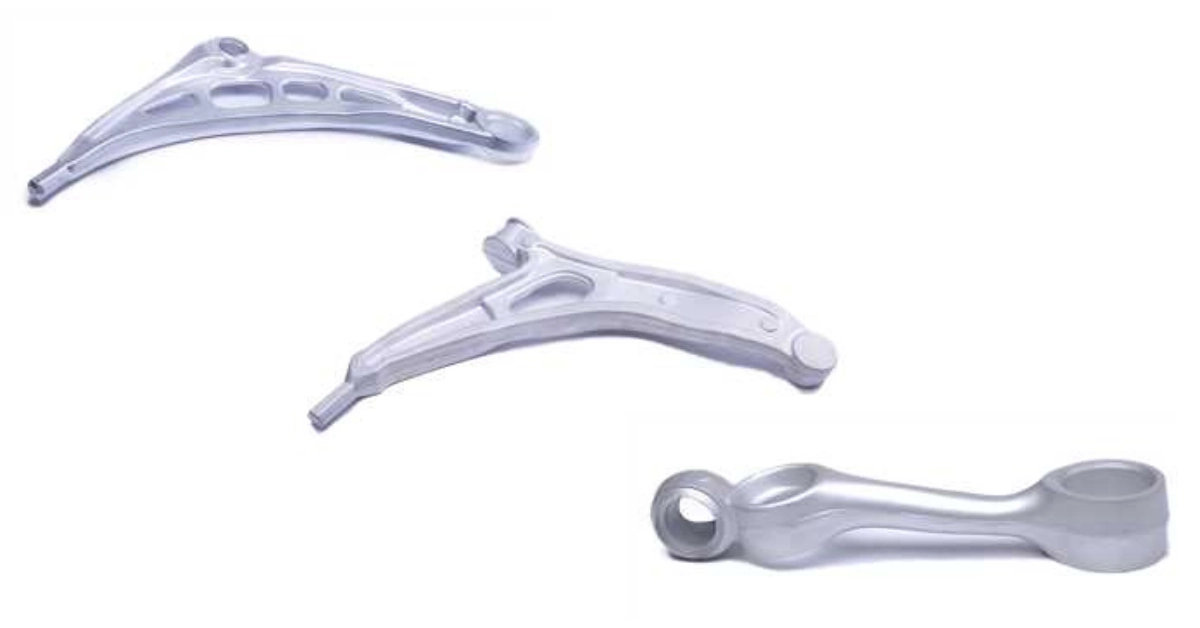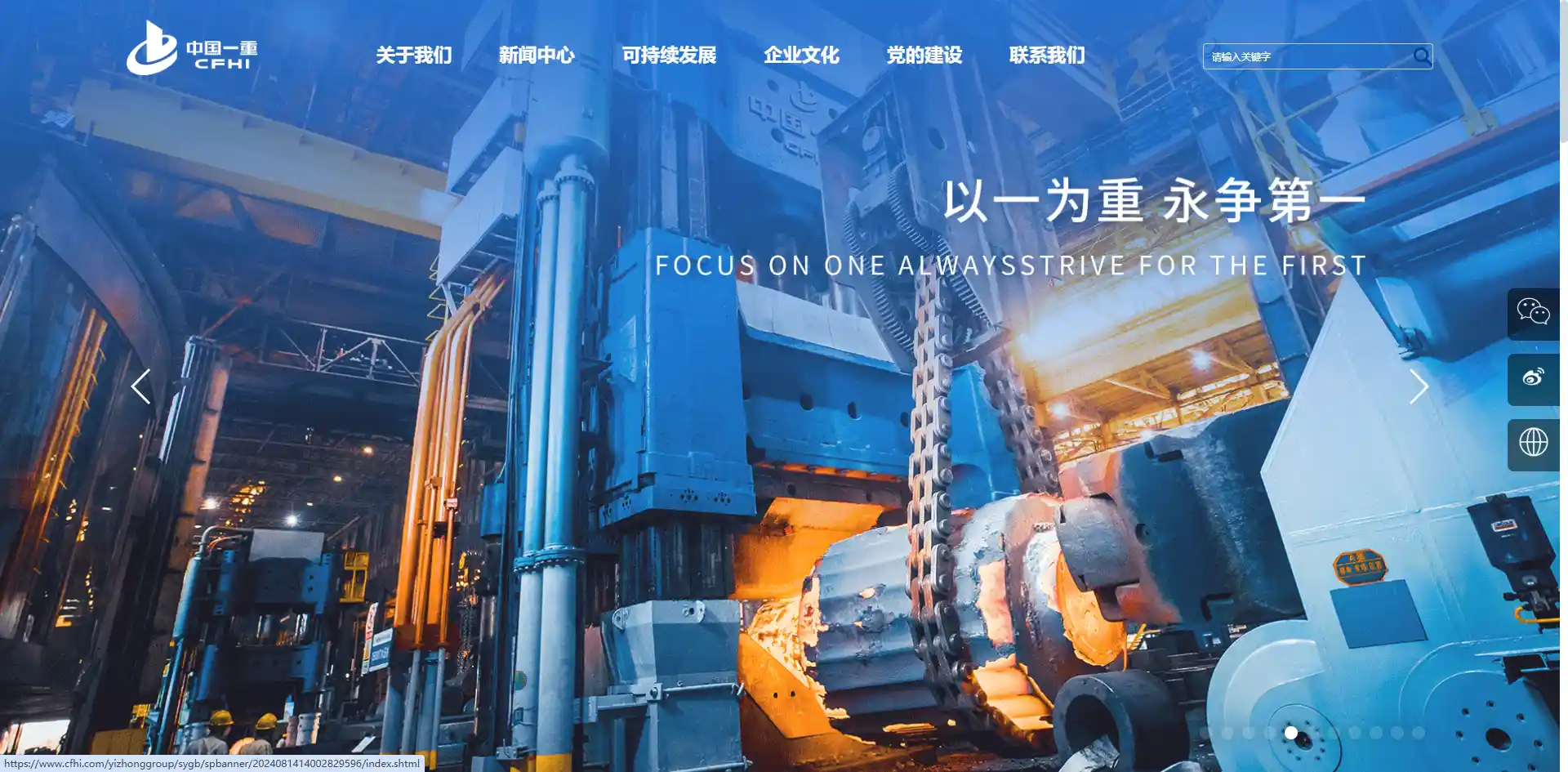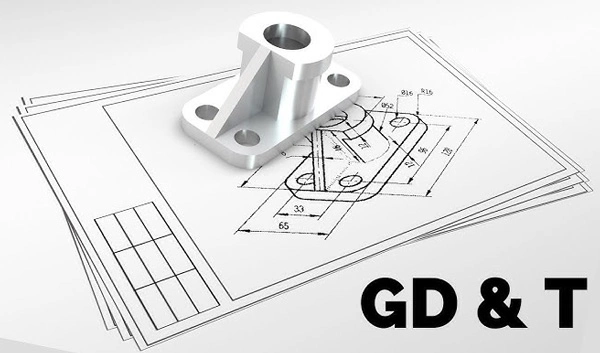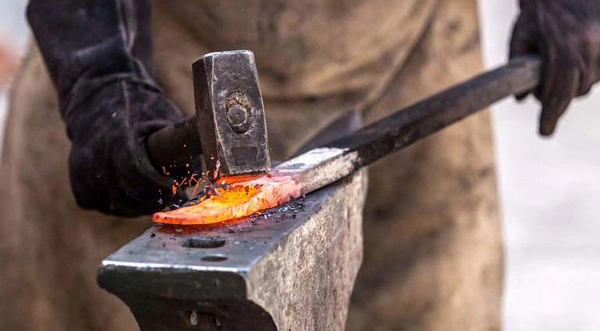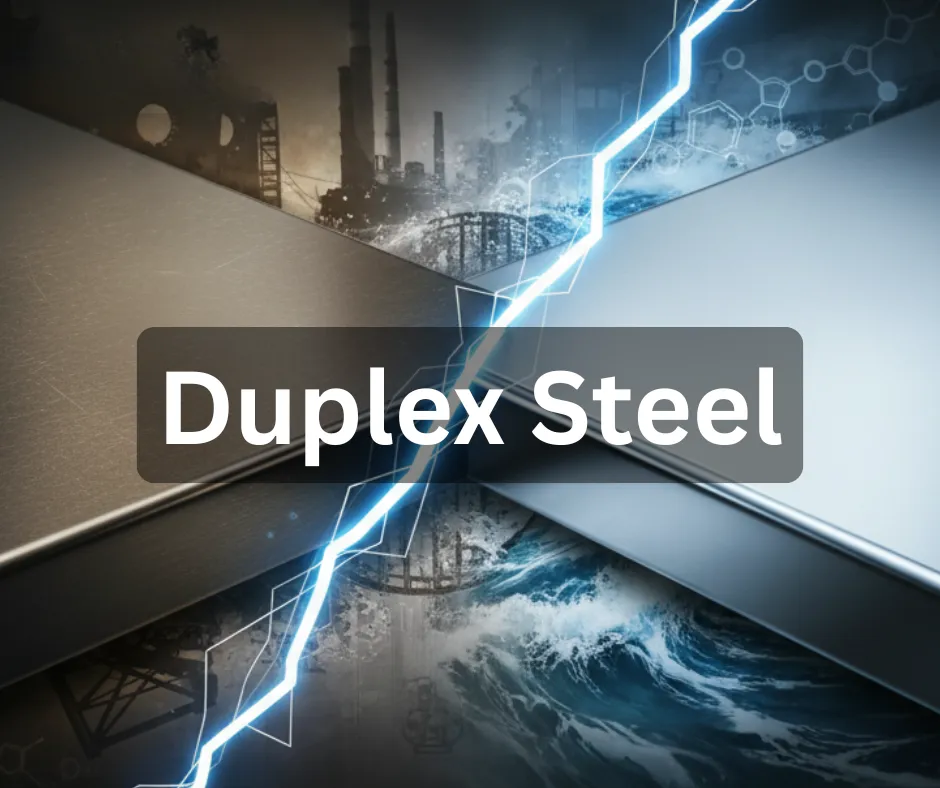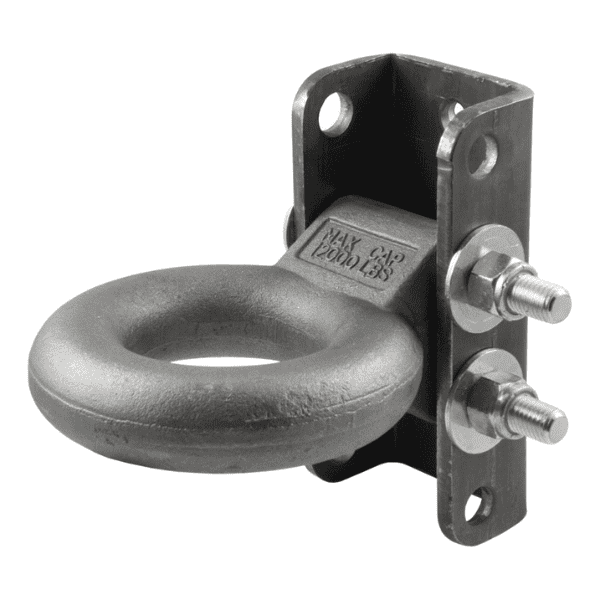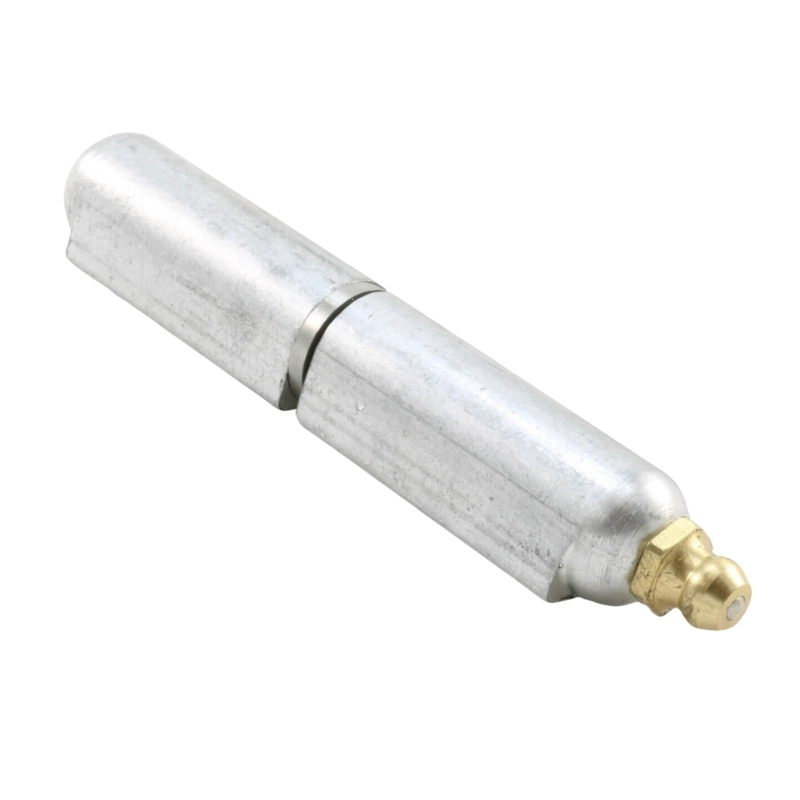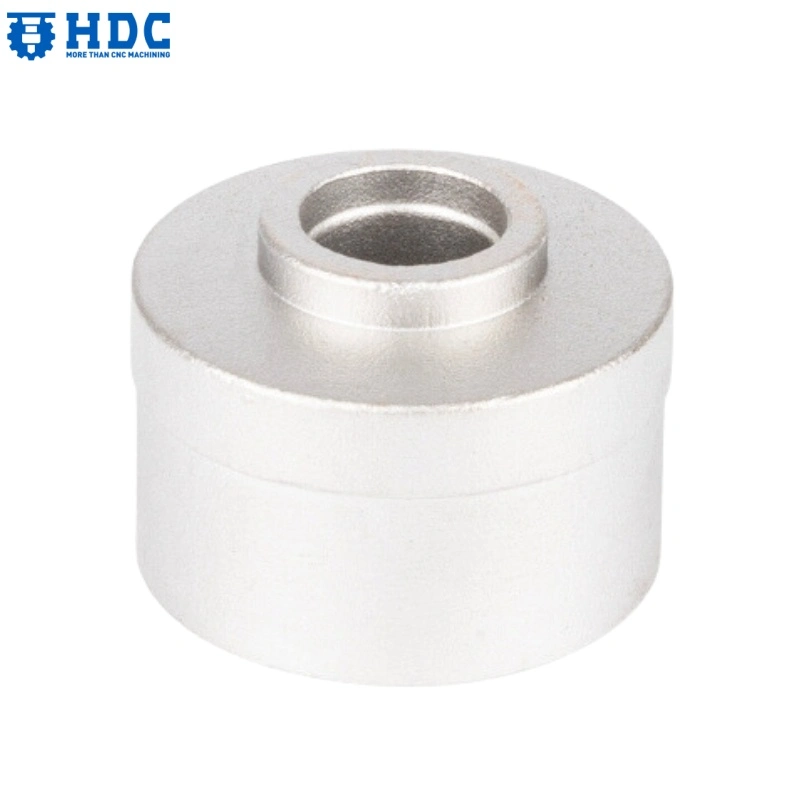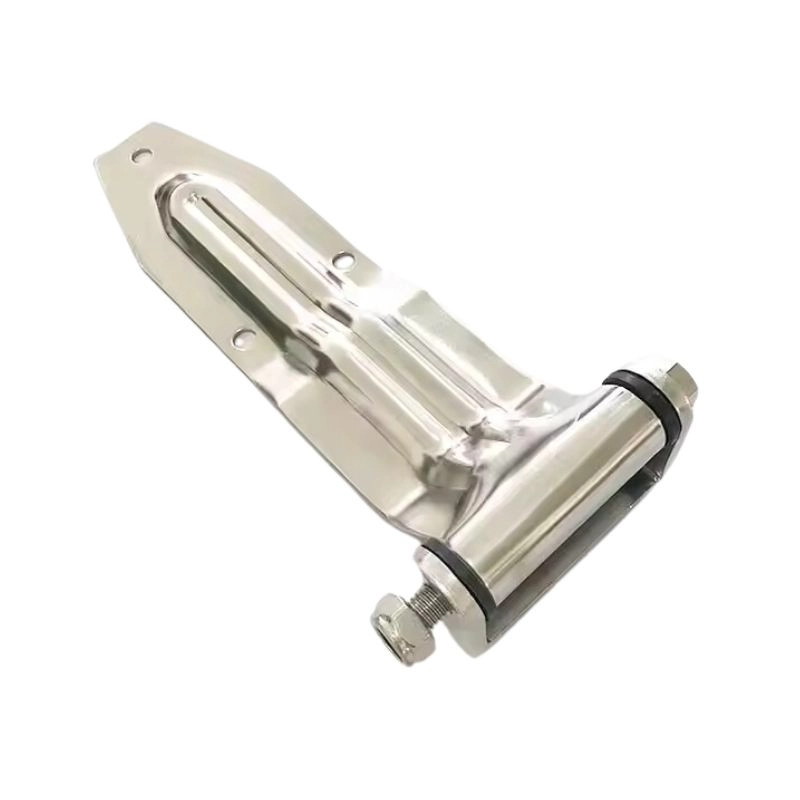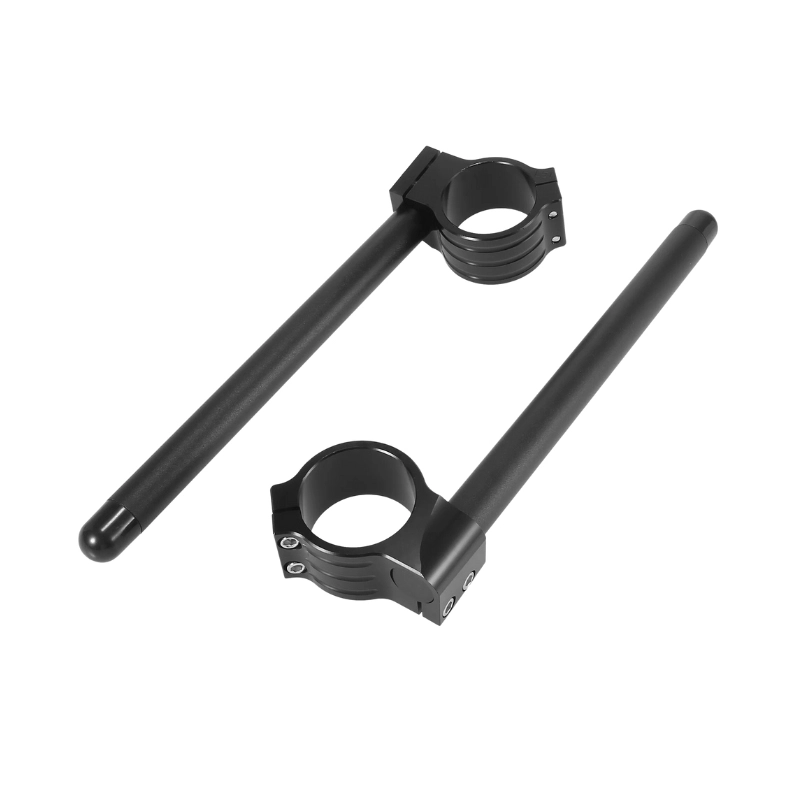Aluminum alloy 5052 is a widely used material known for its exceptional combination of strength, corrosion resistance, and versatility. This alloy belongs to the 5000 series, which is primarily characterized by the inclusion of magnesium as the primary alloying element. In this article, we shed light on the chemical composition, physical and mechanical properties, and applications of Aluminum 5052. In addition, we compare 5052 aluminum with other popular alloys, such as 6061.
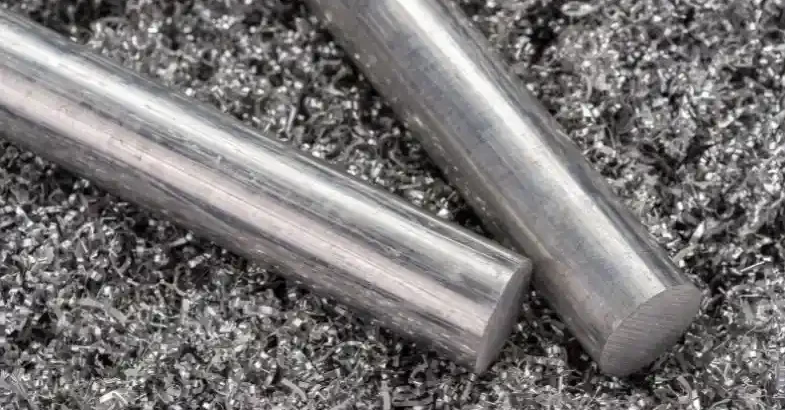
Chemical Composition of 5052 Aluminum
- Magnesium (Mg):2–2.8% (primary strengthening element)
- Chromium (Cr):15–0.35% (enhances corrosion resistance)
- Silicon (Si):25% max
- Iron (Fe):40% max
- Copper (Cu):10% max
- Zinc (Zn):10% max
- Manganese (Mn):10% max
- Aluminum (Al):Balance
Physical Properties of 5052 Aluminum
Density of 5052 Aluminum
The density of 5052 aluminum is approximately 2.68 g/cm³, making it a lightweight yet robust material.
Corrosion Resistance
5052 is particularly known for its excellent corrosion resistance, especially in marine environments. This property is enhanced by the presence of chromium, which provides additional protection against chemical and atmospheric corrosion.
Is 5052 Aluminum Bendable?
Yes, 5052 aluminum is highly bendable. Its excellent formability allows it to be easily shaped into complex geometries without cracking, even in its hardened forms such as 5052 H32 aluminum.
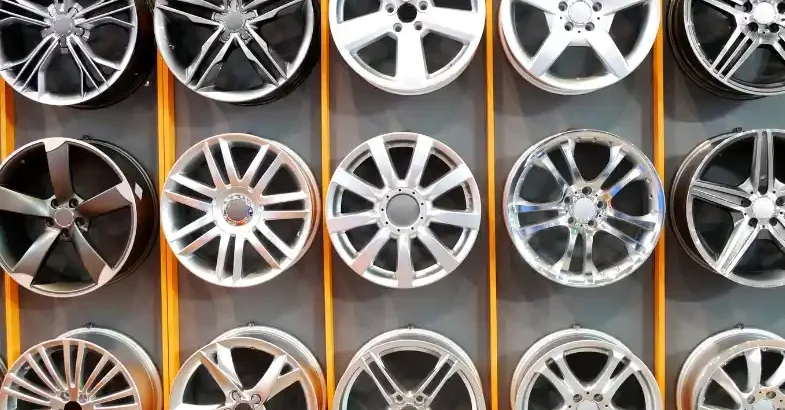
Mechanical Properties of 5052 Aluminum
Tensile Strength
- Annealed (O Temper):170 MPa (24,000 psi)
- 5052 H32 Aluminum:215–265 MPa (31,000–38,000 psi)
Yield Strength
- Annealed (O Temper):70 MPa (10,000 psi)
- 5052 H32 Aluminum:130 MPa (19,000 psi)
Elongation
5052 aluminum demonstrates an elongation range of 12-25%, depending on its temper, which contributes to its excellent ductility.
Hardness
5052 aluminum is not as hard as some other alloys, but its blend of strength and flexibility makes it a popular choice for demanding applications.
5052 Aluminum Weldability
5052 aluminum offers excellent weldability using various welding techniques, including TIG and MIG. This makes it suitable for structural components and assemblies.
Applications of 5052 Aluminum
Marine and Automotive Applications
5052 aluminum is extensively used in marine environments due to its resistance to saltwater corrosion. Common uses include manufacturing of boat hulls, fuel tanks and shipbuilding components.
Aluminum 5052 in Aerospace and Transportation Industry
Its lightweight properties and durability make 5052 ideal for manufacturing of aircraft fuel tanks and body parts of large transport vehicles like buses and trucks.
Industrial and Consumer Products
The bendability and corrosion resistance of 5052 aluminum make it suitable for pressure vessels, cookware and storage tanks.
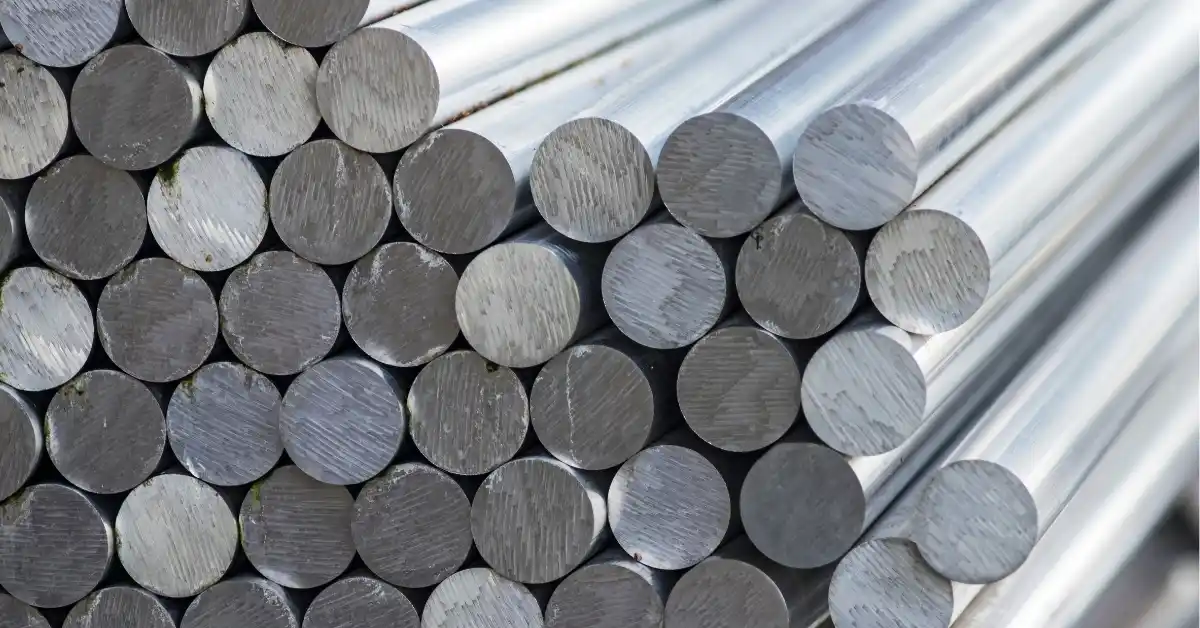
Comparing the 5052 Aluminum vs. 6061
When choosing between 5052 aluminum and 6061 aluminum, understanding their differences is crucial. The following table summarizes the differing features of both Aluminum types:
Property | 5052 Aluminum | 6061 Aluminum |
Corrosion Resistance | Superior resistance, especially in saltwater and chemical environments. | Good resistance, but not as effective as 5052 in marine settings. |
Tensile Strength | 215–265 MPa (lower) | 290–310 MPa (higher) |
Weldability | Excellent, even in thick sections. | Good, but strength reduction in the weld zone unless treated. |
Formability | Superior formability, ideal for bending and shaping. | Less formable; prone to cracking under stress. |
Applications | Marine environments, fuel tanks, chemical equipment. | Structural applications requiring higher strength. |
Conclusion: Aluminum 5052
5052 aluminum is a versatile and durable alloy with a unique combination of properties that make it ideal for a wide range of applications. Its high corrosion resistance, exceptional formability, and excellent weldability stand out, particularly in marine and industrial contexts. While 6061 aluminum offers greater strength, 5052 aluminum properties are superior for environments exposed to moisture or chemicals.
Choosing between 5052 and 6061 ultimately depends on the specific application requirements, with 5052 excelling in corrosive settings and 6061 favored for high-strength structural needs. Understanding these characteristics ensures optimal material selection for engineering and manufacturing projects.
Discover more with our blog posts.
Recent Posts
Discover more about our products
HDC Products
Instant Quote!
